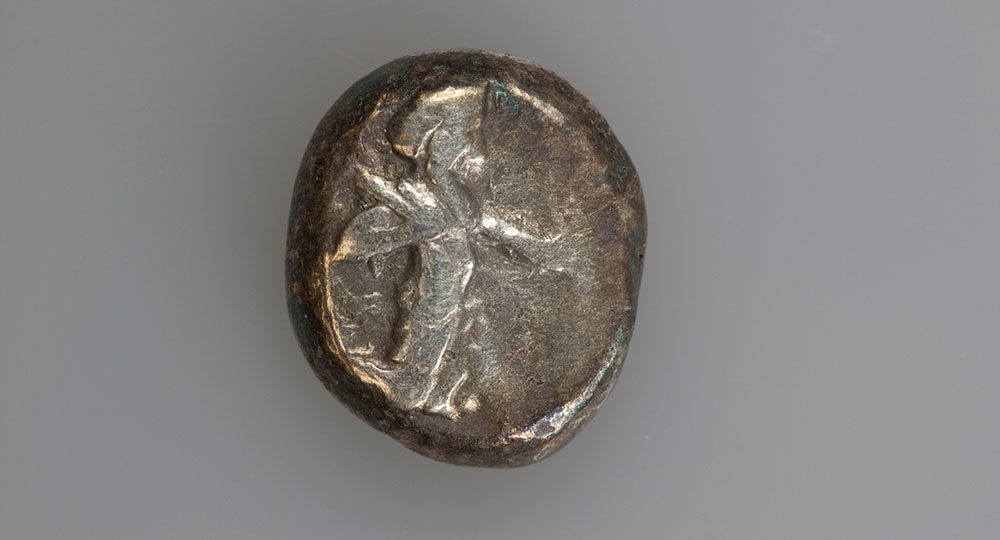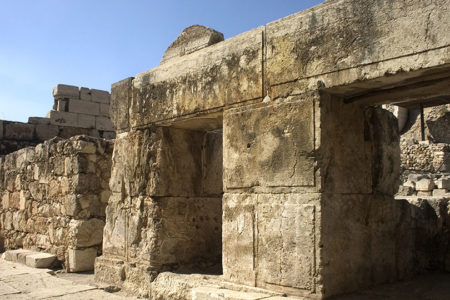Silver and Taxes: So What Else Is New?
According to Bible prophecy, an inferior empire (symbolized by silver in Daniel 2:31, 39) would replace the gold kingdom of Babylon. The Medo-Persians conquered Babylon in 539 B.C. According to fifth-century B.C. historian/storyteller Herodotus, the Medo-Persians developed a vast system of taxation heavily dependent on silver during the reign of Darius the Great (522–486 B.C.)
Under Cyrus the Great the empire issued the decree in 538 B.C. allowing all captives, including the Jewish people, to return to their homelands. The decree was verified in 1879 when a clay cuneiform text known as the Cyrus Cylinder was discovered in the ruins of ancient Babylon. Today the artifact is on display in the British Museum.
Cyrus gave generous grants from both the imperial treasury and his personal fortune to help all returnees. But his liberal disbursements had a pecuniary agenda. He was creating a source of retrievable revenue by taxing the nations under his domination. Provincial dues—payable in gold or silver—were imposed on almost everything, including land, horses, mules, sheep, ivory, slaves, grain, forests, mines, and fisheries.1
One typical type of Persian coin was called a siglos. It was made of silver and depicted a bearded, crowned king holding a bow and spear. Darius is credited with minting this distinctive coinage.
The image of the king, however, may or may not be Darius. Darius authorized construction to resume on the Temple in Jerusalem and decreed, “Let the cost be paid at the king’s expense from taxes on the region beyond the River [Euphrates]” (Ezra 6:8). This was a shrewd investment move in the Cyrus tradition. Darius may have thought a rebuilt Temple would yield happy, tax-paying subjects.
When Darius died, his fortune and all the Persian wealth since Cyrus went to his son Xerxes I (486–465 B.C.) who would need it to finance his massive war against the Greeks. During Xerxes’ reign 300 Spartans stood their ground and were slaughtered in the famous Battle at Thermopylae in 480 B.C.
Known as Ahasuerus in Scripture, Xerxes chose the Jewish maiden Esther for his queen. During his reign the Feast of Purim was established (Est. 2:16–17; 9:27–28). Some rabbis believe that, after Haman’s plot to kill all the Jews in the kingdom was foiled (7:3–10), a sudden shock came over the king when he realized he would have lost a steady, lucrative source of tax revenue.
To sway Ahasuerus to issue the annihilation order, Haman had offered to put 375 tons of silver from his own coffers into the royal treasury (3:9). After realizing the potential fiscal loss had Haman’s plan prevailed, the king levied a tax on the land and on the “islands of the sea” (10:1). Apparently the love and lure of silver outweighed any perceived threat to his realm by a “certain people” (3:8).
Scripture says the Medo-Persian Empire would be inferior to Babylon (Dan. 2:39). The word inferior in Hebrew means “earth, world, ground.” Through meticulous taxation, the Persians built and maintained their kingdom. Perhaps this was one reason for Persia’s inferiority. It had developed an earthly, worldly dependence on silver (money). Indeed, “There is nothing new under the sun” (Eccl. 1:9).
ENDNOTE
- Edgar Sanderson, “The Bactrians, Medes, and Persians: Medo-Persian Empire,” in History of the World from the Earliest Historical Time to the Year 1898 (London: Hutchinson & Co., 1898) <oreald.com/chapter132.html>.








1 thought on “Silver and Taxes: So What Else Is New?”